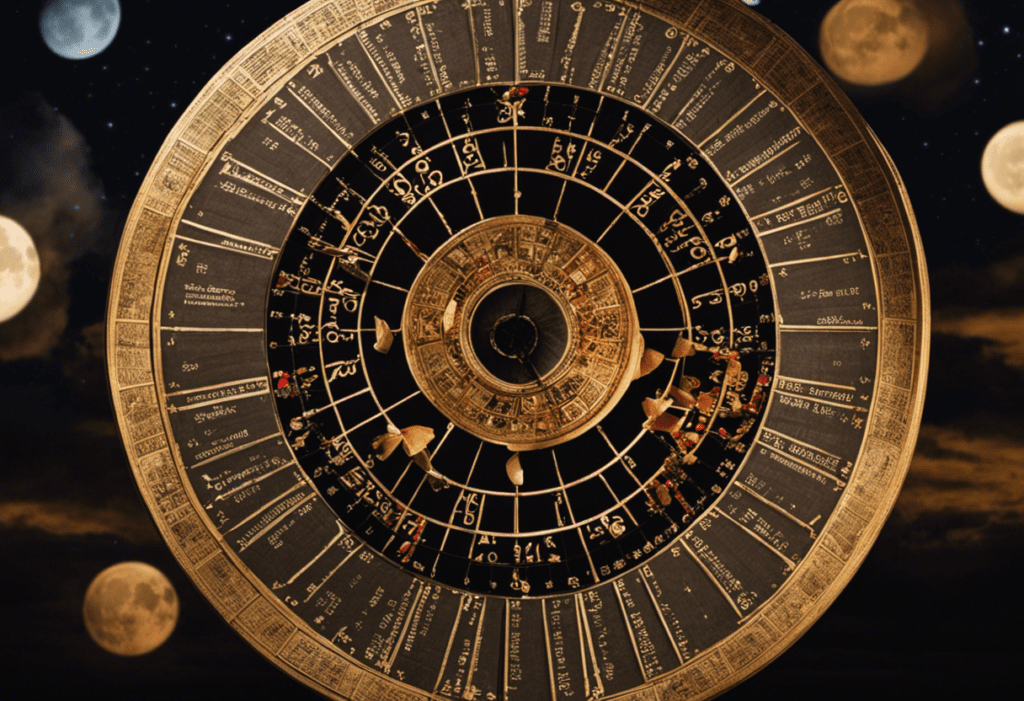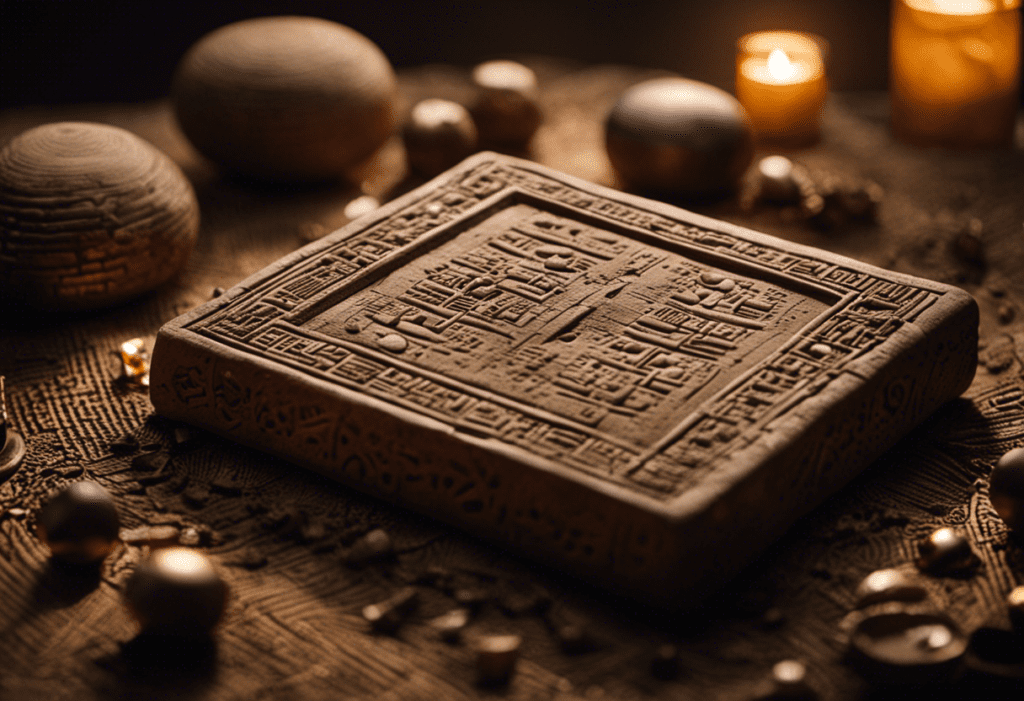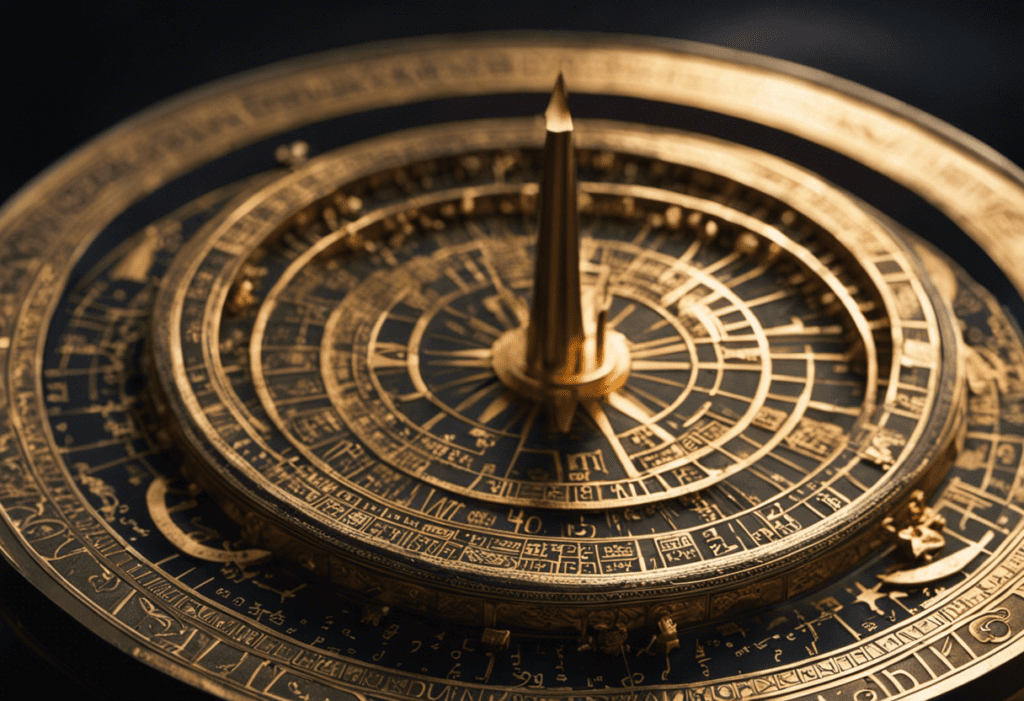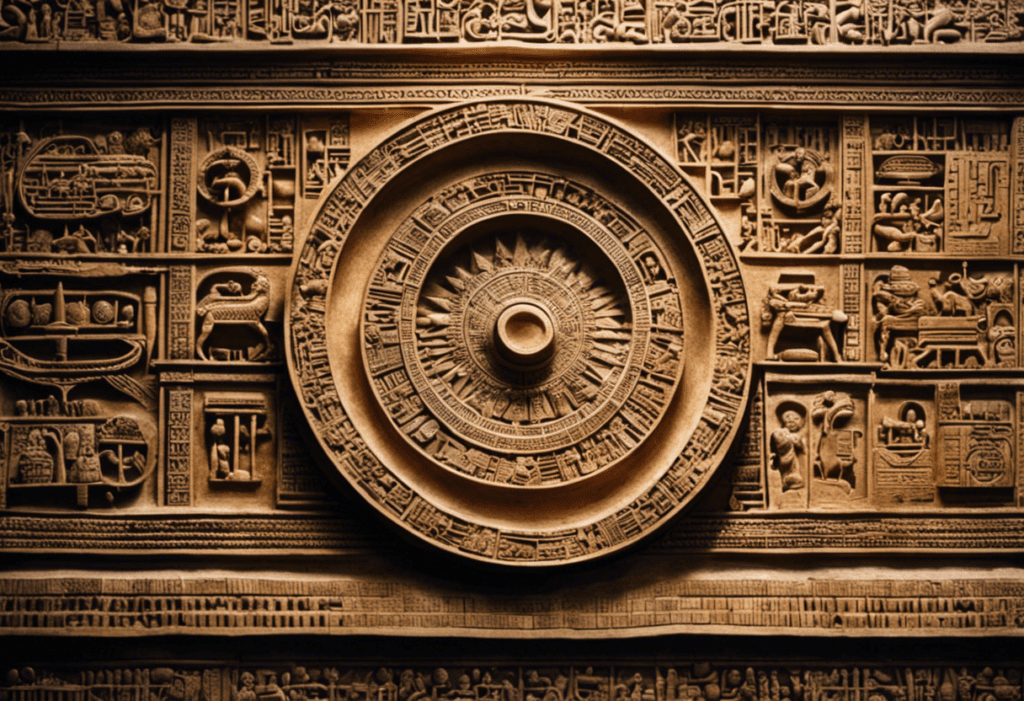The Influence of Babylonian Deities on Calendar Months
In the tapestry of time, the ancient Babylonian civilization wove a rich fabric of mythology and spirituality. Like celestial threads, their deities guided the passage of months, infusing each with unique symbolism and purpose. This article delves into the intricate tapestry of the Babylonian calendar, exploring the profound influence of their gods and goddesses on …
The Influence of Babylonian Deities on Calendar Months Read More »













